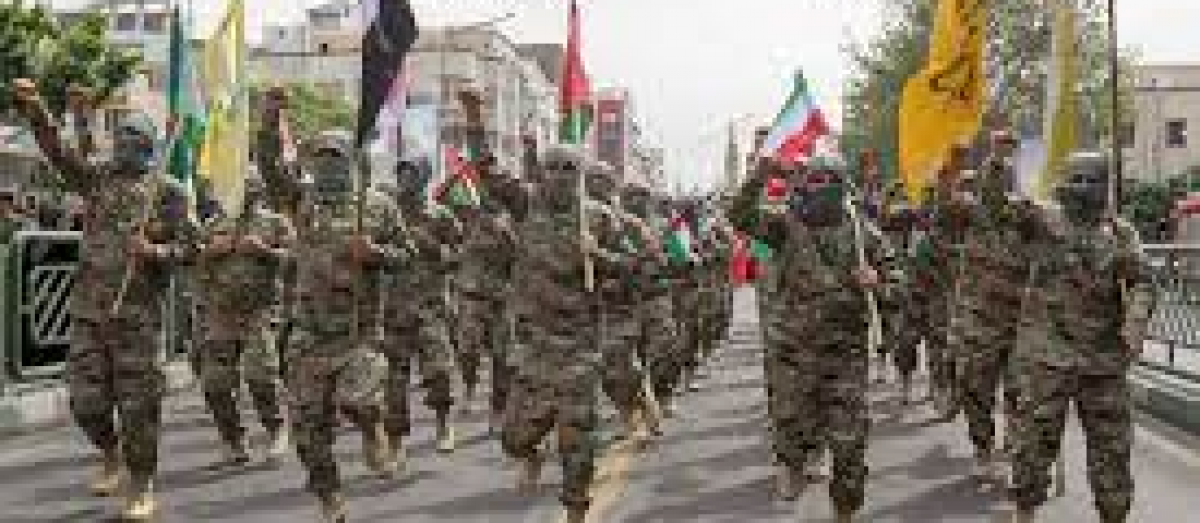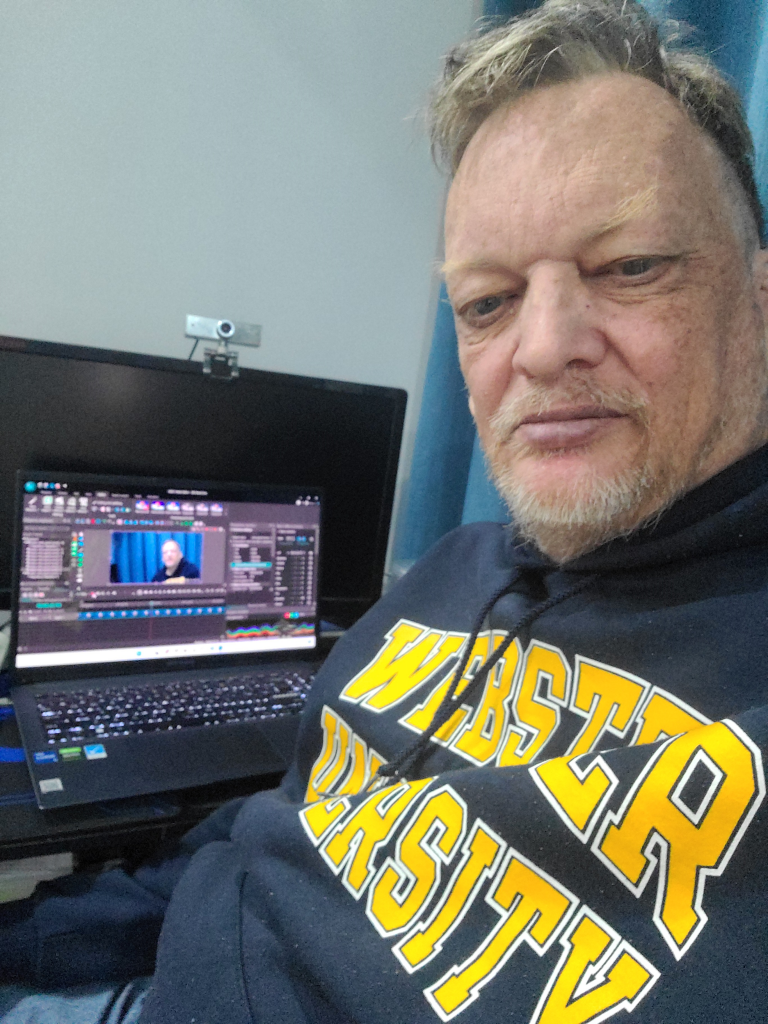The Houthi Rebels, formally known as Ansar Allah (Partisans of God), are an Islamist political and armed movement that emerged from the northern region of Yemen, primarily the Sa’dah Governorate. The group is predominantly made up of Zaidi Shia Muslims, who historically felt marginalized in a country with a Sunni majority. They derive their name from Hussein Badreddin al-Houthi, their former leader who was killed by Yemeni forces in 2004.
Why Are They Fighting?
The conflict involving the Houthi rebels in Yemen is rooted in a mix of historical grievances, religious sectarianism, and political instability. The Houthis began as a theological movement preaching peace, but they soon turned to insurgency to fight against what they perceived as discrimination by the Yemeni government and encroachment of Saudi-influenced ideologies. After the Arab Spring in 2011 and the subsequent resignation of long-time President Ali Abdullah Saleh, Yemen’s political transition process was fraught with issues. The Houthis capitalized on widespread dissatisfaction with the new government’s corruption and lack of economic progress. By 2014, they had taken control of Sanaa, demanding economic and political reforms, which eventually escalated into a full-blown armed rebellion.
Sources of Funding
The Houthis’ sources of funding have been a subject of controversy and speculation. They have been known to impose taxes and fees within the territories they control. They also allegedly receive funding and military support from sympathetic parties and external backers. However, quantifying this support is challenging due to the clandestine nature of such transactions.
Relationship with Iran
Iran’s relationship with the Houthi rebels is often described as a principal backer, although the degree of support and direct involvement is debated. Iran reportedly provides the Houthis with financial assistance, military equipment, training, and technology, particularly missile and drone capabilities. This support is ideologically driven, as Iran seeks to expand its influence in the region, often by supporting Shia factions in predominantly Sunni countries.
The Conflict in Yemen
The conflict in Yemen is complex, involving various factions with overlapping and sometimes conflicting interests. In 2015, a coalition led by Saudi Arabia and backed by other Sunni-majority countries intervened in Yemen to restore the internationally recognized government of President Abdrabbuh Mansur Hadi, after he was ousted by the Houthis. This intervention has led to a devastating humanitarian crisis, widely seen as the worst in the world currently, due to blockades, air strikes, and ground combat affecting civilian populations.
Is the War in Yemen a Proxy War?
Many analysts view the war in Yemen as a proxy war between Iran and Saudi Arabia. Saudi Arabia views the Houthis as an Iranian proxy, a means for Iran to gain a strategic foothold on its doorstep, similar to how Iran has established influence in Lebanon through Hezbollah. Conversely, the Houthi alliance with Iran is also seen as opportunistic, gaining them vital resources for their battle against Saudi-led forces. This proxy war narrative is complicated by the multitude of other interests at play, including the presence of Al-Qaeda in the Arabian Peninsula (AQAP) and ISIS, as well as separatist movements in the south of Yemen.
The Yemeni conflict, therefore, serves as a focal point for larger regional rivalries and geopolitical dynamics, with the Houthis at the center of a battle that has significant implications for the stability of the Middle East and the security of international energy supply lines.




